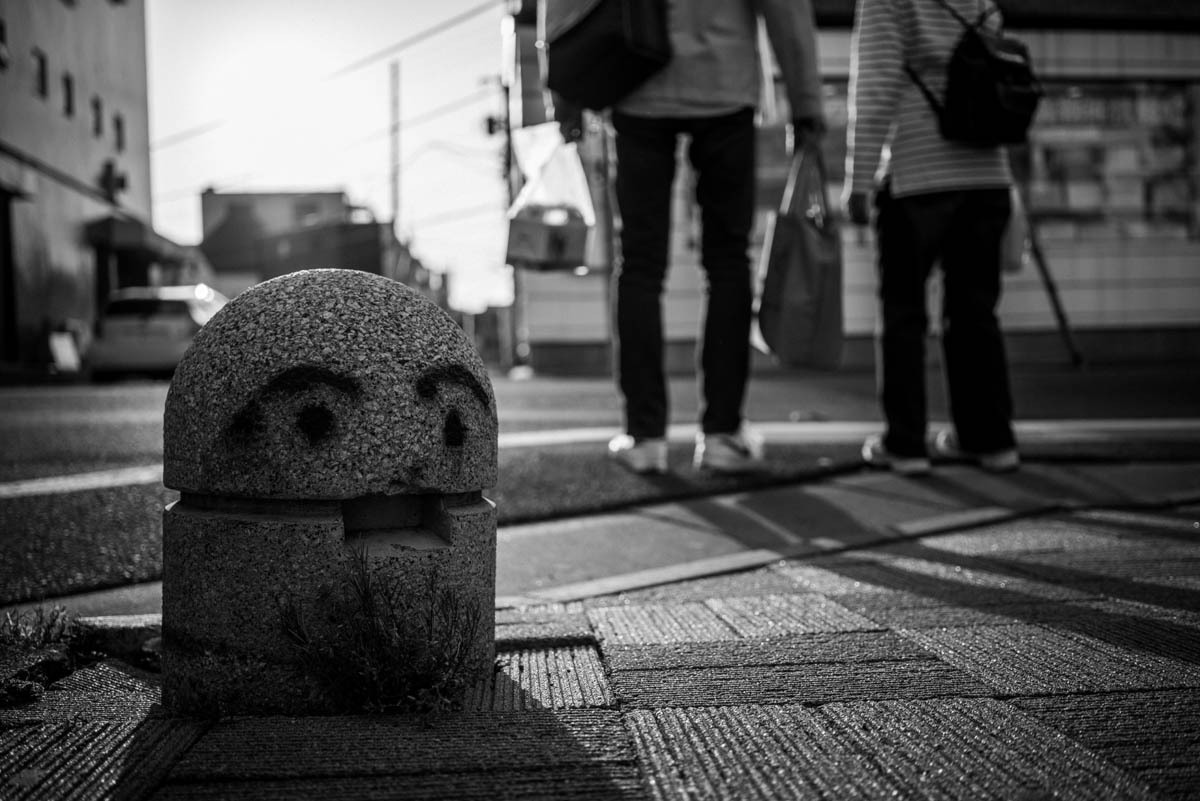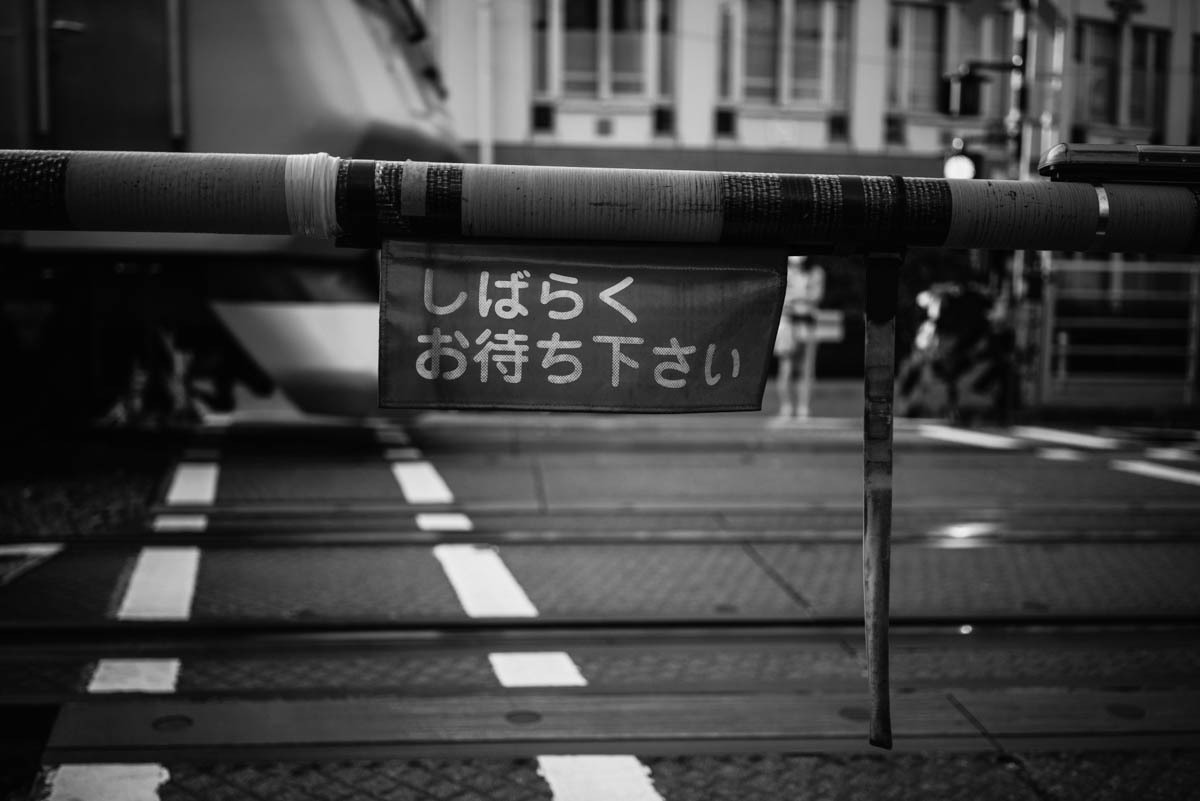Made for each other
As one leaves the Yamanote loop, one very quickly finds that going east-west across Tokyo is far easier a task than traversing north-to-south. Today’s photo set is taken as we made the relatively short, but somewhat indirect trip southwards through the suburbs of Tokyo.
Recently, I’ve been exploring the use of non-native lenses on the Sony A7R. The short “flange” distance of the Sony E-mount lends itself well to the mounting of almost any lens in existence. In doing so, the sky is the limit. Or more correctly, the lens is the limit (excluding Leica-M mount wide-angle lenses).
There are currently only two FE prime lenses, the superb 55/1,8 which I have had since the beginning of the year, and the supremely underrated Zeiss 35/2,8. This little marvel was chastised throughout internet forums for being “too slow”, with its somewhat modest aperture of f/2.8. Many people like to use lenses “wide open” with aperture < f/2 (including me, if suitable), and subsequently wrote-off this lens without even trying it.
That is a mistake. For a 35mm lens, an aperture of f/2.8 on full frame generates around the same depth of field as a 24/1.8 lens on APS-C cameras. I used to have such a lens on my NEX-7, and ended up selling it only to fund the purchase of the (same field-of-view) RX1. The RX1 has a phenomenal 35/2 lens, but even this FE 35/2,8 is almost perfect wide-open. And closed down, it’s a marvel.
Further to its excellent optical performance, being a native lens, it has all EXIF data, AF, and is really very tiny. Compared to the RX1, there’s almost nothing in it – but remember that the RX1 has a significant portion of its lens within the body. The FE 35/2,8 is a great little lens and I would recommend it in a heartbeat. I’m behind with my reviews, due to a rather busy month, but there’s a draft in the works.
As I was saying earlier, there’s a lot of fun to be had in mounting all sorts of crazy optics in front of the excellent A7R sensor, but it really shines with native glass. Using lenses optimised for the platform, is a whole other, complete, experience.
I still feel as though I’ve yet to find my legs with the ~ 50mm focal length. The only way I will do so, is with hours of practice, and many shots. The lens is the best piece of optics I think I’ve ever used – even better than the lens on the RX1 in many respects.
For example, check out the above photo. This is a ~ 50% crop of the original file. I focussed on the fly using the excellent focus peaking feature of the Sony cameras, and fired off the shot. The lens leaves for nothing – I think it’s out resolving the A7R 36MP sensor by some margin.
I used the same technique (note identical exif – I was shooting in full manual mode), to take the above shot (100% crop) of the little fly taking a well-earned rest. This shot shows the quality of the near-scene bokeh character of this lens.
Back into the narrow streets, I switched back to the 35mm lens for a wider field of view. We’d set on foot from our place in Setagaya a little later than we wanted and didn’t manage to visit a place we rather wanted to, but we’re heading there today instead.
View fullsize

The last few shots were taken in Jiyugaoka. We like the place very much, and frequently walk there. I’ve written about the place before; here, here, here, and here, though a quick search of tags is faster to find places I’ve discussed.
View fullsize

As for the camera/lens discussion, I think I’ll finish off by saying that one should only really expect native lenses to excel for any particular platform, and the two Zeiss primes do exactly that for the Sony FE & A7(R) system. It is easy to take a bad photograph, even with the best cameras in the world. A truly powerful image remains powerful, independent of lens, exif info, settings, format, and other quantifiers. It transcends to another dimension, able to stand alone, independent of such trivia.
But, it’s nice to buy a shiny new toy every once in a while, isn’t it?